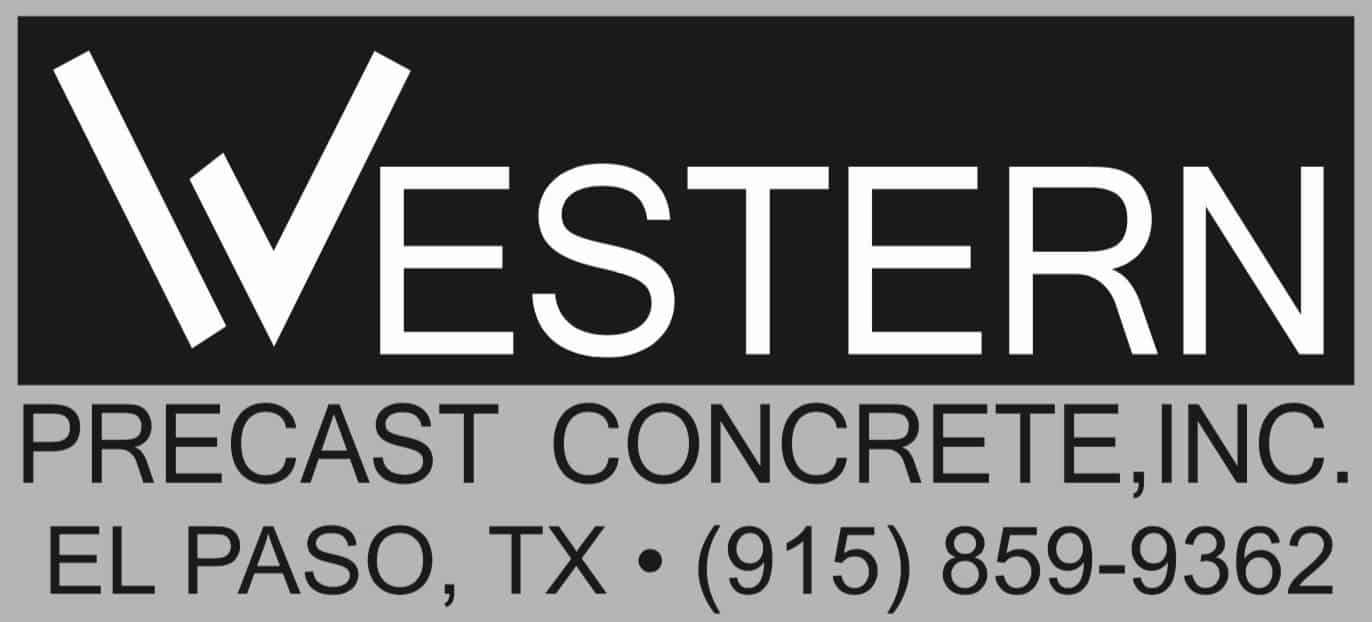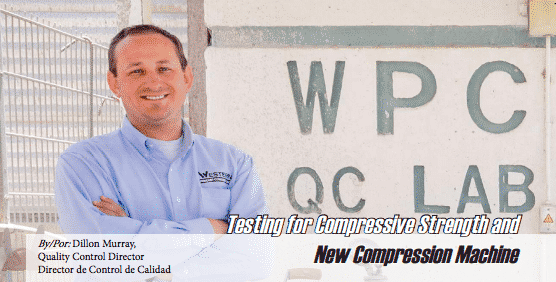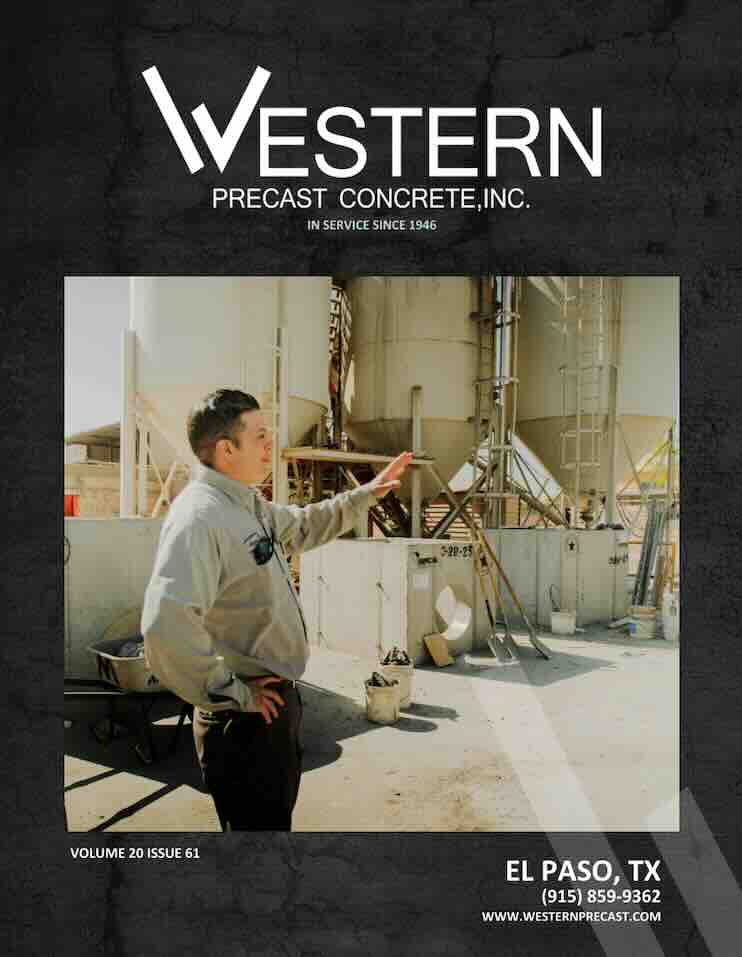One of the most important properties of concrete is its compressive strength. Testing for compressive strength helps determine whether a product meets specified strength requirements, when to strip forms, and when a product is ready for shipping and installation. Strength results are also used for evaluating mix designs. Cylinders are usually tested in pairs to verify results and to rule out flawed information based on unacceptable
breaks.
The objective of compressive-strength testing of concrete cylinders is to determine the amount of force it takes to break a cylinder of concrete. A test cylinder is placed in a compression testing machine and a constant load is applied to the cylinder until it breaks. The compressive strength is calculated based on the applied load and the size of the test cylinder. It is important to center the cylinder between the loading plates and to apply the load at a constant rate.
Loading rates, sample alignment and capping procedures can affect the results. Improper capping or surface irregularities of specimens will cause a non-uniform load, yielding improper results. The proper method for capping is described in ASTM C 617, “Practice for Capping Cylinders.” End grinders or rubber caps can also be used to prepare and test concrete test specimens. The type of break of a cylinder needs to be assessed and should be classified. The break type that yields the most accurate reading is the hourglass. Other types may yield inaccurate strength values. Compressive testing machines require proper calibration to ensure accurate results and should be recalibrated every 13 months according to applicable standards.
In November of 2019 Western Precast purchased a brand new compression machine for the QC Department. The Forney compression machine is part of the “FHS” model series. This machine features high stiffness frames especially suited for high testing volumes and high strength concrete testing. This design also features Lexan doors for superior test viewing. High stiffness frames feature a fully sealed test chamber for optimum debris/dust control. The touch screen display is another feature that was added to the machine. This houses the controls and presents a clear picture of the max load and pounds per square inch (psi) for each cylinder test. This machine has been a great addition to the QC Department, but not without great costs. This machine has close to a $17,000 price tag attached to it with all of its features.
By/Por: Dillon Murray,
Quality Control Director
Director de Control de Calidad
Photo by/Foto Por: John Horta


